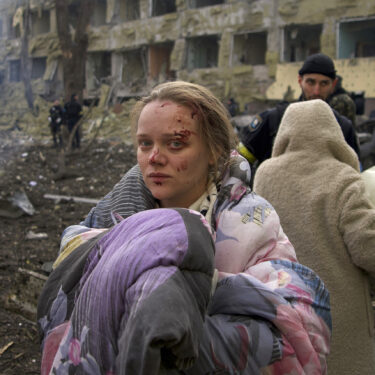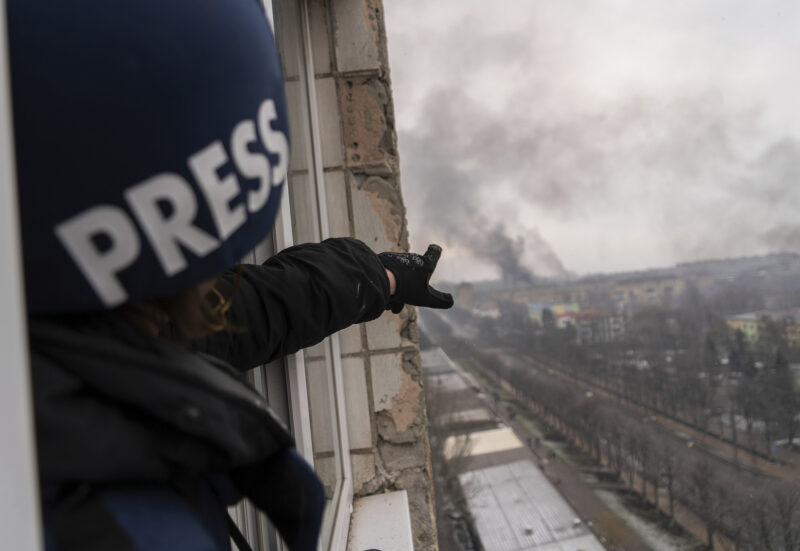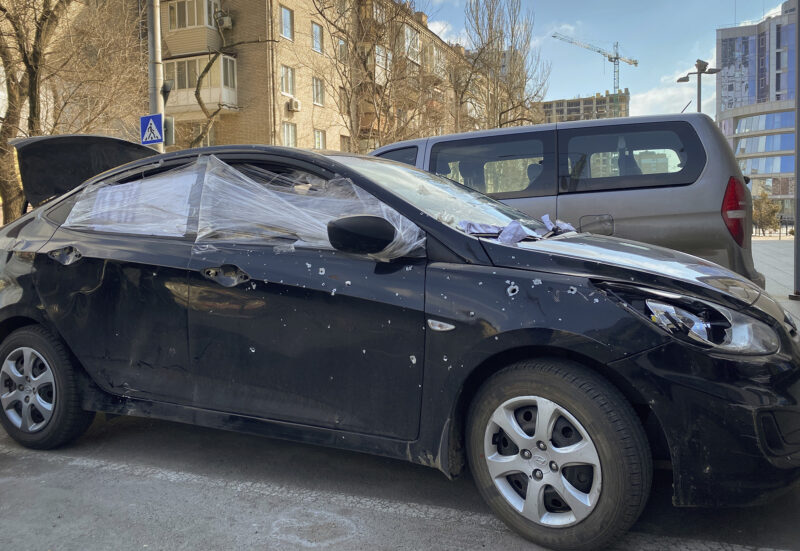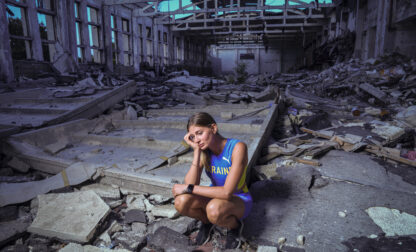At great personal risk, AP’s team in Mariupol produced some of the bravest, most revealing work out of Ukraine. The backstory of their gritty reporting is masterfully retold by Paris-based writer Lori Hinnant in a blockbuster,all-formats piece that riveted readers across the globe.
The video,photos and text produced during 20 days and nights in Mariupol also contributed to an impressive AP collaboration with PBS Frontline, documenting Russian attacks on medical facilities,ambulances and medics,building the case for war crimes. These two complementary efforts,rooted in the tragedy unfolding in Ukraine, share AP’s Best of the Week — First Winner honors.
With Mariupol surrounded and under fire by Russian forces,AP video journalist Mstyslav Chernov,photographer Evgeniy Maloletka and producer Vasylisa Stepanenko singlehandedly put the city’s horrendous humanitarian plight on the international radar before the team’s harrowing evacuation in a mid-March convoy. Hinnant pulled together their story after days of interviewing Chernov,going over detail after detail and combing through his videos to see what the journalists had seen in the besieged city. The structure,pacing and details are gripping.
International enterprise editor Mary Rajkumar handled the editing and top stories photo editor Alyssa Goodman pulled off the online presentation,working long hours to get it right. The package resonated around the world, with a laudable performance on AP platforms of more than 1 million pageviews. Sixty percent of that traffic was driven by social media.
That essential work fed into this week’s co-winner,a project that began with an ambitious idea pitched by Brussels-based global investigative reporter Erika Kinetz: Track incidents since the Russian invasion that could someday become relevant in potential war crimes trials. That concept quickly became an expansive project merging the resources of AP and PBS Frontline.
Kinetz worked to identify various sources of information that became the basis for the project, and a separate team of AP reporters conducted the painstaking work of examining and compiling visual evidence supporting reports of atrocities from the war’s first weeks. They used investigative skills to help verify videos flowing from the war zone and match them to specific reports from local Ukrainian officials and AP’s independent on-the-ground reporting.
Washington-based investigative reporter Michael Biesecker and news verification reporter Beatrice Dupuy assembled evidence of Russian attacks on medical facilities and personnel. Other contributors included Washington-based investigative reporters Richard Lardner and Juliet Linderman, investigative reporter Sarah El Deeb in Beirut and New York-based investigative reporter Jason Dearen.
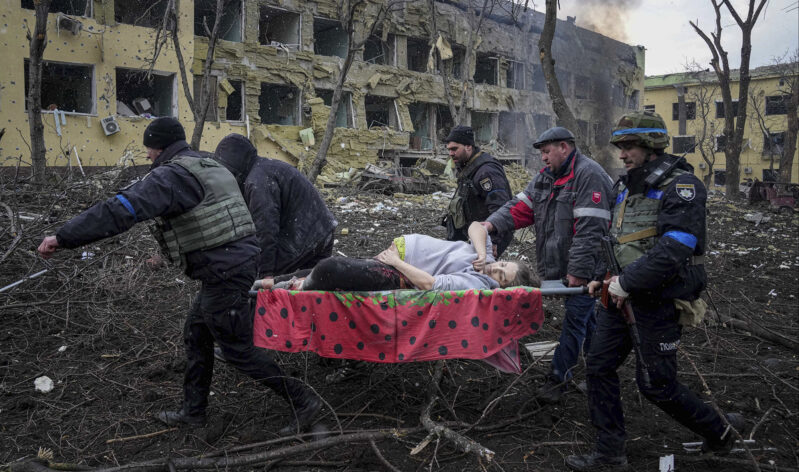
Little more than two weeks after the first meetings to develop the project,AP published the first story launching the effort,detailing some 34 strikes on Ukrainian facilities and staff. Working with Frontline, an accompanying interactive web experience went live with details on each of the incidents,a database that will continue to be updated as long as the war lasts. Larry Fenn,a New York-based data journalist working closely with both the AP and Frontline teams,helped wrangle information from multiple sources and created the system for reporters to organize, view and verify war crimes incidents that eventually populated the interactive.
❗️ In #Melitopol,the occupiers shot at the hospital
In the video, a shell hit the oncology department. pic.twitter.com/aSAVZWe2E3— NEXTA (@nexta_tv) February 25, 2022
Human rights groups in Ukraine applauded the effort and a research group at Yale contacted AP because the hospital attack tracker was,in their words,the most comprehensive and well-researched they’ve seen among all news media.
For extraordinary work in Mariupol and for telling the tale of AP’s courageous journalism there,Chernov,Maloletka,Stepanenko and Hinnant share AP’s Best of the Week alongside the war crimes reporting team of Kinetz,Biesecker,Dupuy,Fenn,Lardner,El Deeb, Dearen and Linderman.
Visit AP.org to request a trial subscription to AP’s video,photo and text services.
For breaking news, visit apnews.com

